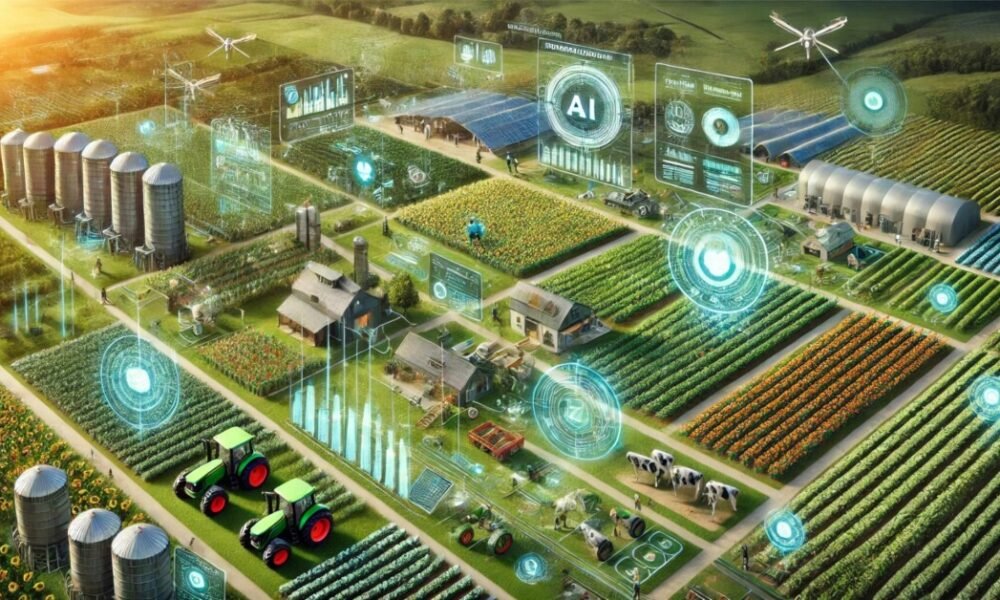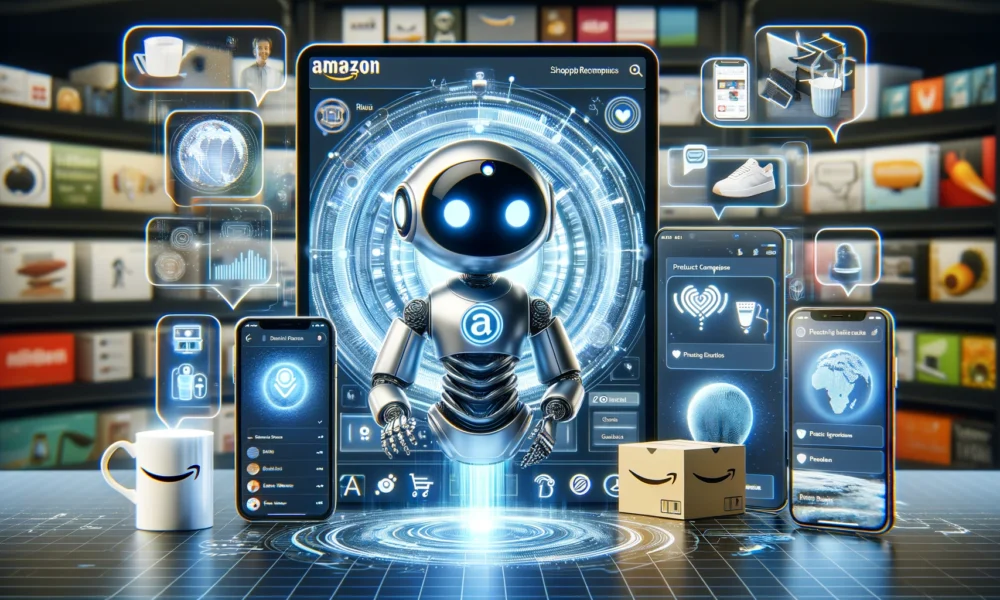With the rise of generative AI, the way we search for information is undergoing a radical transformation. Traditional search engines are giving way to advanced systems that utilize AI for deeper insights and more accurate results.
The New Era of Search Technology
The evolution of search technology began with keyword-based systems but has now advanced to AI-driven platforms that can understand context and intent, revolutionizing the search experience.
From Keywords to Conversations
AI-driven search engines now enable users to ask questions in a conversational manner, enhancing the relevance and accuracy of search results.
Advancing Search with Deep Reasoning
While AI has improved search accuracy, current systems still struggle with complex queries that require deeper reasoning. There is a need for search engines to provide more nuanced and detailed responses.
Introducing Retrieval-Augmented Generation
Retrieval-Augmented Generation (RAG) is transforming search technology by combining information retrieval with generative AI, offering more precise and efficient search experiences.
The Role of Knowledge Graphs in Search
Knowledge graphs are essential for enabling reasoning in search technologies, allowing AI systems to provide contextually relevant answers by understanding relationships between concepts.
Enhancing Search with Cognitive Computing
Cognitive computing takes AI-driven search to the next level by considering user intent and context, transforming search engines into intelligent assistants capable of engaging in meaningful conversations.
Implications Across Industries
The shift towards deep reasoning in search technology has significant implications for industries like healthcare, finance, and education, impacting decision-making processes and improving learning outcomes.
Conclusion
As search technology continues to evolve, AI-driven systems are moving towards becoming more intuitive assistants that can provide thoughtful responses to complex queries, making search a valuable resource for decision-making and learning.
-
What is the current role of AI in search engines?
AI currently plays a major role in search engines by assisting with retrieval tasks, such as understanding user queries and returning relevant search results. -
How will AI move from retrieval to deep reasoning in search?
AI will move from retrieval to deep reasoning in search by utilizing advanced algorithms to not only understand user queries, but also analyze and synthesize complex information to provide more contextually relevant search results. -
What benefits will deep reasoning AI bring to search?
Deep reasoning AI will bring benefits such as improved accuracy in search results, better understanding of user intent, and the ability to provide more nuanced answers to complex queries. -
Will deep reasoning AI in search engines replace human expertise?
While deep reasoning AI may enhance search engines, it is not expected to completely replace human expertise. Human input and oversight will still be necessary to ensure the accuracy and relevance of search results. - How will deep reasoning AI impact the future of search engine optimization (SEO)?
Deep reasoning AI may impact SEO by requiring website owners and marketers to create more high-quality, relevant content that can be understood and interpreted by advanced AI algorithms.aupted armols.asadersd,eladeu, 37001987199802654740997











